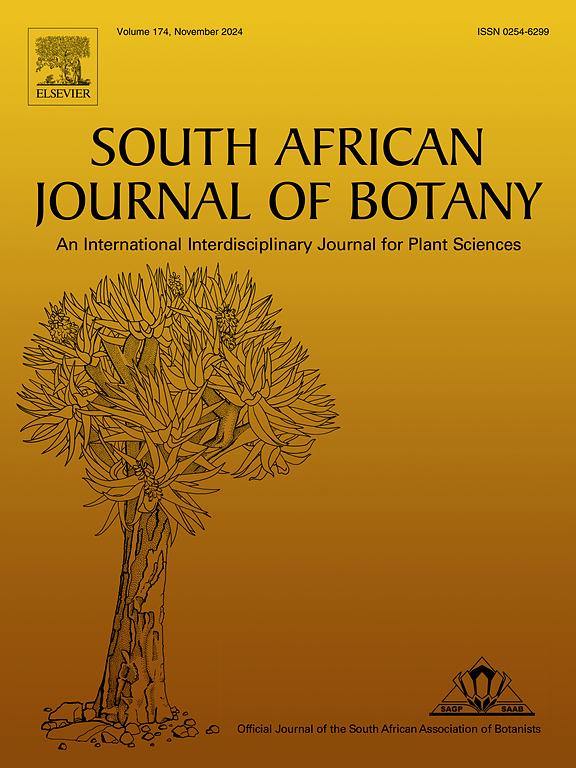Colocasia esculenta (L.) Schott (Araceae; taro): global invasion history and prognosis for South Africa
IF 2.7
3区 生物学
Q2 PLANT SCIENCES
引用次数: 0
Abstract
Colocasia esculenta (taro), native to tropical Southeast Asia, is an emergent aquatic plant with a wide global distribution. Valued for its agricultural, horticultural, medicinal, and cultural uses, it also has become invasive in some places, spreading unaided along slow-flowing water courses through corm division. Colocasia esculenta was introduced to South Africa at least a century ago (∼ 1918), but widespread invasions are recent, raising concerns that the species could become a harmful invader in the country. This study reviews the history of introduction, invasions, and impacts of C. esculenta around the world; maps its current and potential distribution in South Africa; and, based on a risk analysis, develops recommendations for its management and regulation. Colocasia esculenta has been introduced to at least 180 territories (countries or island states), with records of invasion from 21 of these (9 island and 12 mainland territories). The negative environmental impacts were scored as ‘Moderate’ with the formation of dense mats leading to declines in local native populations; and socioeconomic impacts scored as ‘Minor’ as it has irritant properties if not properly handled and prepared. In South Africa, C. esculenta is found in six provinces but most extensively in the Western Cape and KwaZulu-Natal. Based on a species distribution model, C. esculenta could substantially expand its range in areas where it is already established. Colocasia esculenta was classified as ‘high risk’ for South Africa, with high socio-economic benefits, and as such is identified as a potential conflict generating species. We recommend it is regulated as category 2 (permits are required to carry out any restricted activity) under the South African regulations and suggest exemptions on subsistence farming but prohibitions on all farming in riparian zones. Further investigation is needed for potential management options, including biological control. Recommendations should be reviewed after determining whether some of the subspecific entities present in the country pose a low risk, as then further exemptions or prohibitions might be appropriate.
求助全文
约1分钟内获得全文
求助全文
来源期刊

South African Journal of Botany
生物-植物科学
CiteScore
5.20
自引率
9.70%
发文量
709
审稿时长
61 days
期刊介绍:
The South African Journal of Botany publishes original papers that deal with the classification, biodiversity, morphology, physiology, molecular biology, ecology, biotechnology, ethnobotany and other botanically related aspects of species that are of importance to southern Africa. Manuscripts dealing with significant new findings on other species of the world and general botanical principles will also be considered and are encouraged.
 求助内容:
求助内容: 应助结果提醒方式:
应助结果提醒方式:


